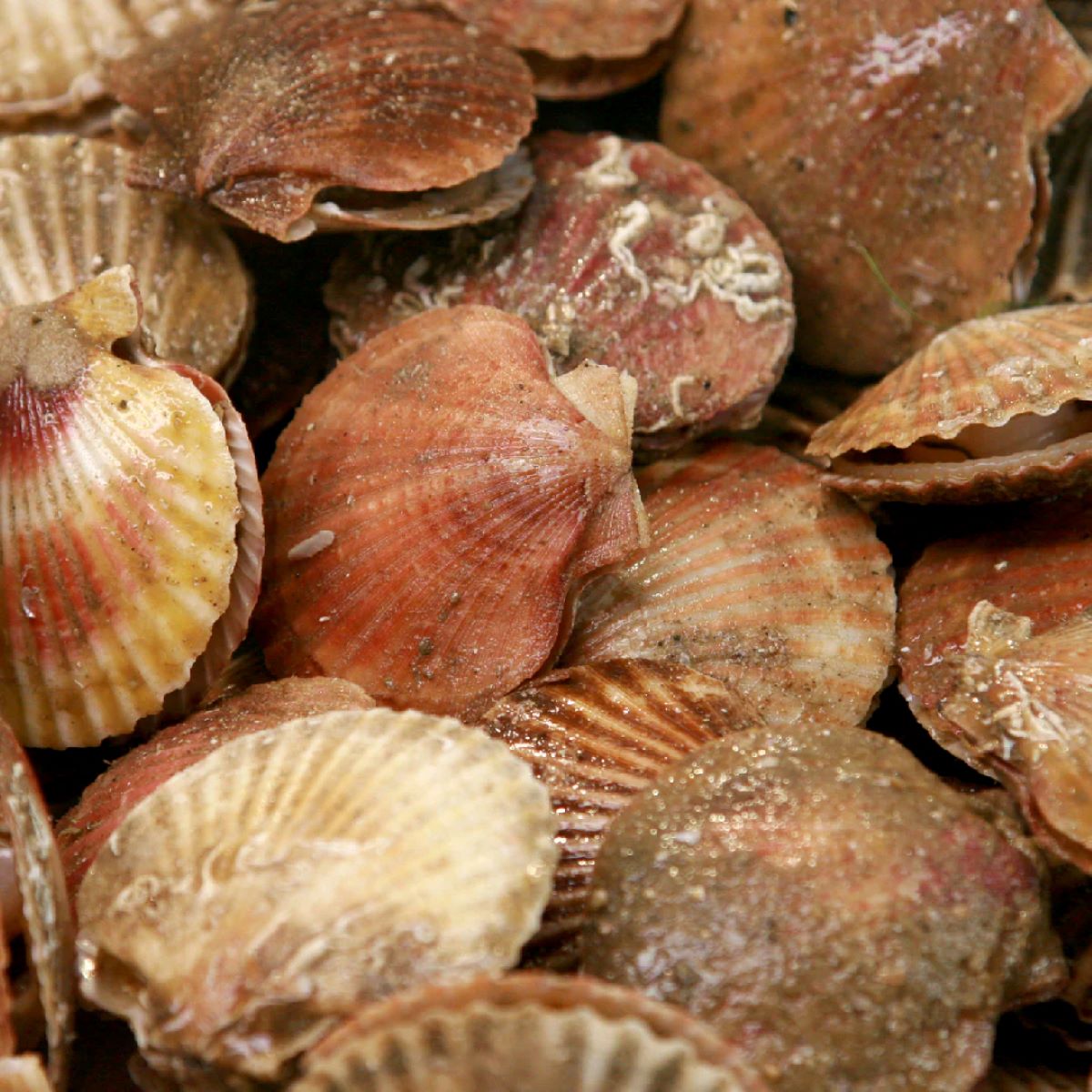

Articles
How To Store Fresh Scallops In Fridge
Modified: February 27, 2024
Learn the proper technique for storing fresh scallops in the fridge with this helpful article. Keep your seafood fresh and delicious for longer!
(Many of the links in this article redirect to a specific reviewed product. Your purchase of these products through affiliate links helps to generate commission for Storables.com, at no extra cost. Learn more)
Introduction
Scallops are a delicious seafood delicacy enjoyed by many seafood enthusiasts around the world. Their tender texture and sweet flavor make them a versatile ingredient in a variety of dishes. Whether you’ve just purchased fresh scallops from the market or caught them yourself, proper storage is essential to maintain their quality and freshness.
In this article, we will guide you through the process of storing fresh scallops in the fridge to ensure they remain safe to eat and retain their optimum taste. We’ll discuss choosing fresh scallops, preparing them for storage, the proper containers and techniques to use, tips to extend their shelf life, and how to check for freshness before using them in your recipes.
So, if you’re searching for ways to keep your scallops fresh and flavorful, read on to discover the best practices for storing fresh scallops in the fridge.
Key Takeaways:
- Choose fresh, firm, and creamy-colored scallops for optimal storage. Clean, remove side muscle, and store in airtight containers. Keep in fridge’s cold spot, away from strong odors, and check for freshness before use.
- Extend scallops’ shelf life by keeping them in original packaging, avoiding temperature changes, and consuming opened ones first. Check for freshness before use and enjoy the delicious taste and texture of fresh scallops.
Read more: How To Store Fresh Scallops
Choosing Fresh Scallops
When it comes to storing fresh scallops, starting with high-quality, fresh scallops is crucial. Here are some tips to help you choose the best scallops:
- Look for freshness: Fresh scallops should have a mild, briny scent and a shiny, wet appearance. Avoid scallops that have a strong fishy odor or are dry and dull in appearance.
- Check for firmness: Gently press the scallops to check for firmness. They should feel firm to the touch with a slight bounce back. Avoid scallops that feel mushy or overly soft.
- Inspect the color: Scallops should have a creamy, off-white or pale pink color. Avoid scallops with a grayish or brownish hue, as this can indicate that they are past their prime.
- Consider the source: If possible, purchase scallops from a reputable seafood market or supplier that has a good reputation for providing fresh seafood. This ensures that you are getting scallops that have been handled and stored properly.
- Choose the right size: Select scallops that are of a similar size, as this will ensure even cooking. Avoid scallops that have a large disparity in size, as they might require different cooking times.
By following these guidelines, you can ensure that you start with the freshest and highest quality scallops for storage, which will contribute to their overall taste and texture when it’s time to prepare them.
Preparing Scallops for Storage
Before storing fresh scallops in the fridge, it’s important to properly prepare them to maintain their quality and prevent any bacterial growth. Here’s how to prepare scallops for storage:
- Clean the scallops: Rinse the scallops under cold running water to remove any debris or sand. Pat them dry with a paper towel to remove excess moisture.
- Remove the side muscle: Scallops have a tough muscle on the side that should be removed before storing. Simply grasp the muscle with your fingers and pull it away from the scallop. This step is optional, but removing the muscle can improve the texture of the scallops when cooked.
- Season, if desired: You can season the scallops with a sprinkle of salt and pepper before storing them. This will add a little extra flavor, but it’s optional and depends on your personal preference and the dishes you plan to make with the scallops.
- Place in an airtight container: Transfer the prepared scallops to an airtight container or a resealable plastic bag. Make sure to remove as much air as possible from the container or bag to prevent freezer burn.
By following these simple steps, you can ensure that your scallops are clean, prepped, and ready for storage in the fridge. Proper preparation is vital to maintain their quality and ensure they stay fresh for longer periods of time.
Proper Storage Containers and Techniques
Choosing the right storage containers and employing proper techniques can greatly impact the shelf life and quality of your stored scallops. Here are some recommendations:
- Use airtight containers: Opt for airtight containers that are specifically designed for storing food. These containers will help to keep the scallops fresh and prevent any odors or flavors from transferring to them.
- Resealable plastic bags: If you don’t have airtight containers, resealable plastic bags can be a good alternative. Remove as much air as possible from the bags before sealing to minimize the risk of freezer burn.
- Label your containers: It’s a good practice to label your storage containers or bags with the date of storage. This will help you keep track of their freshness and ensure you use the oldest scallops first.
- Store in small portions: If you have a large quantity of scallops, consider dividing them into smaller portions before storing. This will make it easier to defrost and use only what you need without exposing the entire batch to thawing and refreezing.
- Avoid overcrowding: When storing scallops, make sure not to overcrowd the container or bag. Leave some space around each scallop to allow for proper airflow and to prevent them from sticking together.
By using proper storage containers and following these techniques, you can maximize the freshness and quality of your stored scallops. This will ensure that they remain safe to consume and retain their optimal taste and texture when you’re ready to cook with them.
Store fresh scallops in the coldest part of the fridge, ideally between 32-38°F (0-3°C). Place them in a shallow dish, cover with plastic wrap, and use within 1-2 days for the best quality.
Storing Scallops in the Fridge
Once you’ve prepared the scallops and have the appropriate storage containers, it’s time to store them in the fridge. Follow these steps to ensure the best storage conditions:
- Choose a cold spot in the fridge: Find a spot in your refrigerator where the temperature remains consistently cold, ideally between 32°F (0°C) and 38°F (3°C). This will help slow down the bacterial growth and maintain the freshness of the scallops.
- Place in the back of the fridge: Position the container or bag of scallops towards the back of the refrigerator, away from the door. The back of the fridge tends to be cooler and more stable in temperature.
- Keep away from strong odors: Avoid storing the scallops near strong-smelling foods such as onions or garlic, as scallops can easily absorb odors. This can affect their taste and overall quality.
- Do not stack heavy items on top: Avoid placing heavy items on top of the scallops, as this can crush them and alter their texture.
- Check the temperature regularly: Ensure that your refrigerator is maintaining the proper temperature for optimal storage. Use a thermometer to confirm the temperature periodically.
When stored following these guidelines, scallops can typically stay fresh in the fridge for up to two days. However, it is always best to consume them as soon as possible for the best taste and quality.
Remember to handle the scallops with clean hands and utensils when taking them out of the fridge to prevent any cross-contamination. It’s also important to follow proper food safety guidelines and discard any scallops that appear slimy, have a strong odor, or show signs of spoilage.
By storing scallops properly in the fridge, you can enjoy the same delicious taste and quality as if they were freshly caught or purchased.
Read more: How To Store Scallops
Tips for Extending Shelf Life
If you want to maximize the shelf life of your stored scallops in the fridge, here are some tips to help you keep them fresh for longer:
- Keep them in their original packaging: If the scallops were purchased in a sealed package, it’s best to keep them in that package until you’re ready to use them. The original packaging is designed to maintain freshness and prevent contamination.
- Avoid frequent temperature changes: Fluctuations in temperature can accelerate spoilage. Try to minimize opening the fridge door unnecessarily and maintain a stable temperature inside.
- Do not refreeze: Once scallops have been thawed, it is not recommended to refreeze them. Freezing and thawing multiple times can degrade their quality and texture.
- Consume opened scallops first: If you have multiple containers of scallops, consume the ones that have been opened first. This will help prevent the risk of contamination and spoilage.
- Use a cold ice pack: If you’re planning to transport fresh scallops from the store to your home, consider using a cold ice pack to keep them chilled during the journey. This will help maintain their quality before you can store them in the fridge.
By implementing these tips, you can extend the shelf life of your scallops and ensure that they stay fresh and safe to eat for a longer period.
However, it’s important to note that the ultimate freshness and taste of scallops will depend on their quality at the time of purchase. It’s always best to consume them as soon as possible for the best culinary experience.
Now that you know how to properly store and extend the shelf life of your scallops, you can plan ahead and make the most out of this delectable seafood delicacy.
Checking for Freshness before Use
Before you use your stored scallops in a recipe, it’s essential to ensure they are still fresh and safe to eat. Here are some indicators to check for freshness:
- Appearance: Fresh scallops should have a glossy, moist appearance. Avoid scallops that appear dry, discolored, or have a slimy texture.
- Smell: Give the scallops a gentle sniff. They should have a mild, briny scent similar to the ocean. If they have a strong fishy or ammonia-like odor, it’s best to discard them.
- Firmness: Press the scallops with your finger. They should feel firm and have some elasticity. If they feel mushy or overly soft, they may no longer be fresh.
- Taste: If you are unsure about the freshness of your scallops, you can do a small taste test. Fresh scallops should have a sweet, delicate flavor. Any off or unpleasant taste indicates spoilage.
It’s important to note that if the scallops show any signs of spoilage, such as an off odor, unusual texture, or unusual color, it’s best to err on the side of caution and discard them. Consuming spoiled seafood can lead to foodborne illnesses.
By checking your scallops for freshness before using them, you can ensure that your final dish is of the highest quality and free from any potential health risks.
Remember, when it comes to seafood, freshness is key, so it’s always best to use your scallops as soon as possible after purchase or thawing for the best taste and texture.
Conclusion
Properly storing fresh scallops in the fridge is essential to maintain their quality, taste, and safety. By following the guidelines and tips outlined in this article, you can ensure that your scallops remain fresh and delicious for as long as possible.
Start by choosing fresh scallops that have a mild scent, a shiny appearance, and a firm texture. Prepare them by cleaning, removing the side muscle, and optionally seasoning them before storage. Use airtight containers or resealable plastic bags to store the scallops, and remember to label and divide them into smaller portions if needed.
When placing the scallops in the fridge, find a cold spot with a consistent temperature, away from strong-smelling foods. Avoid stacking heavy items on top of the scallops and regularly monitor the fridge temperature to ensure ideal storage conditions.
To extend the shelf life of your scallops, keep them in their original packaging, avoid frequent temperature changes, and consume opened scallops first. Refreezing should be avoided, as it can affect the quality of the scallops.
Before using your stored scallops in a recipe, check for freshness by examining their appearance, scent, firmness, and taste. If any signs of spoilage are present, it’s best to discard them to prevent any potential health risks.
Remember, while proper storage techniques can help preserve the quality of scallops, consuming them fresh is always recommended for the best taste and texture.
Now that you have the knowledge and tips to store fresh scallops in the fridge, you can confidently enjoy these delectable seafood delights without worrying about their freshness.
Frequently Asked Questions about How To Store Fresh Scallops In Fridge
Was this page helpful?
At Storables.com, we guarantee accurate and reliable information. Our content, validated by Expert Board Contributors, is crafted following stringent Editorial Policies. We're committed to providing you with well-researched, expert-backed insights for all your informational needs.
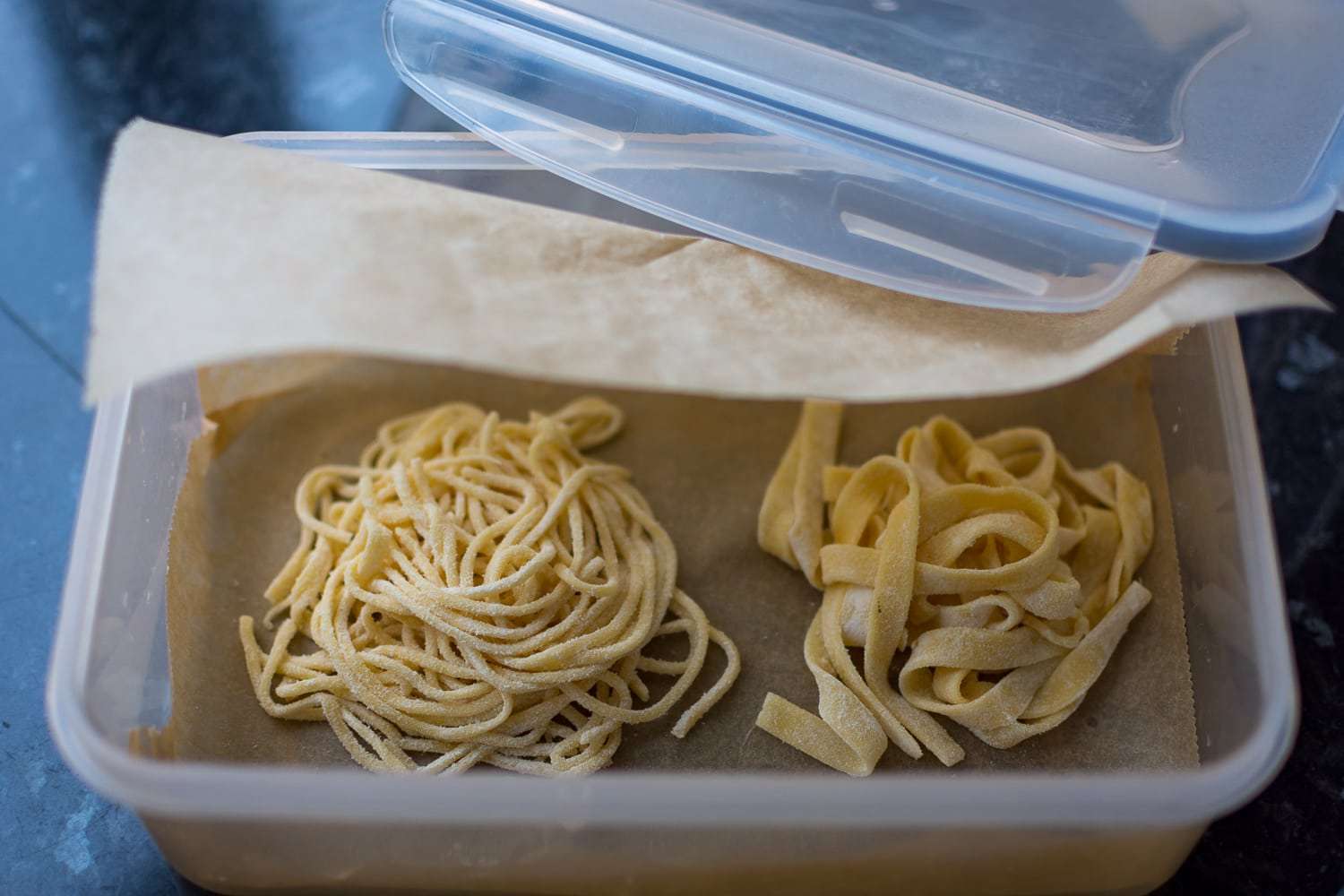
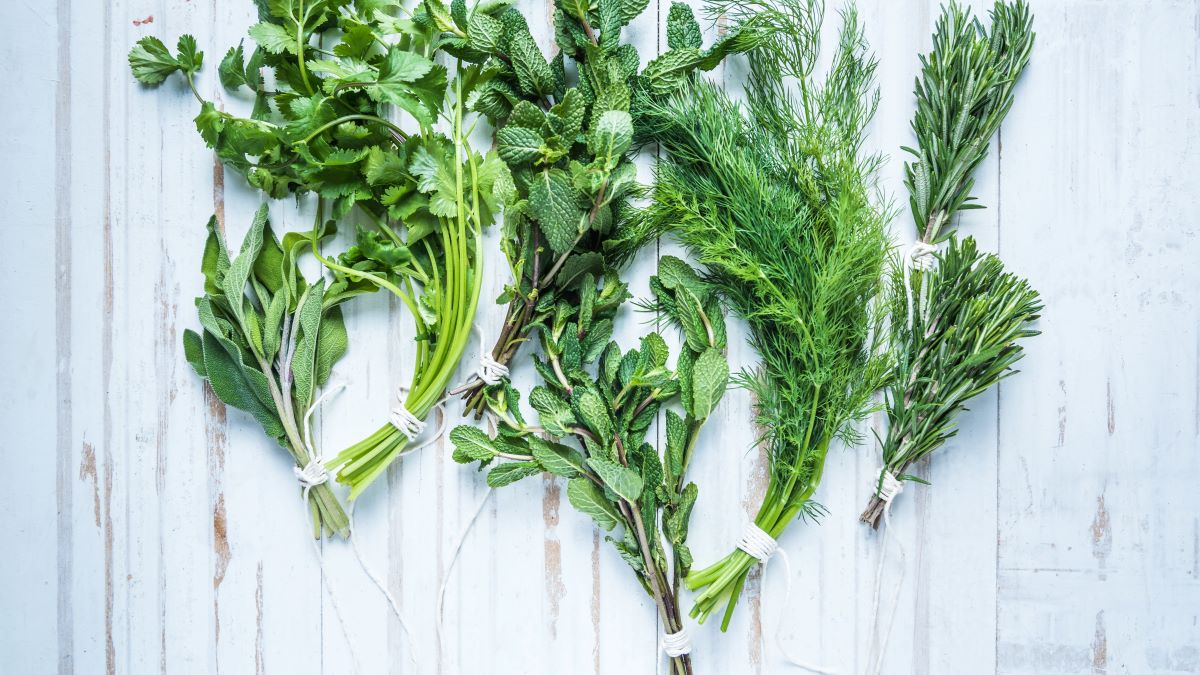
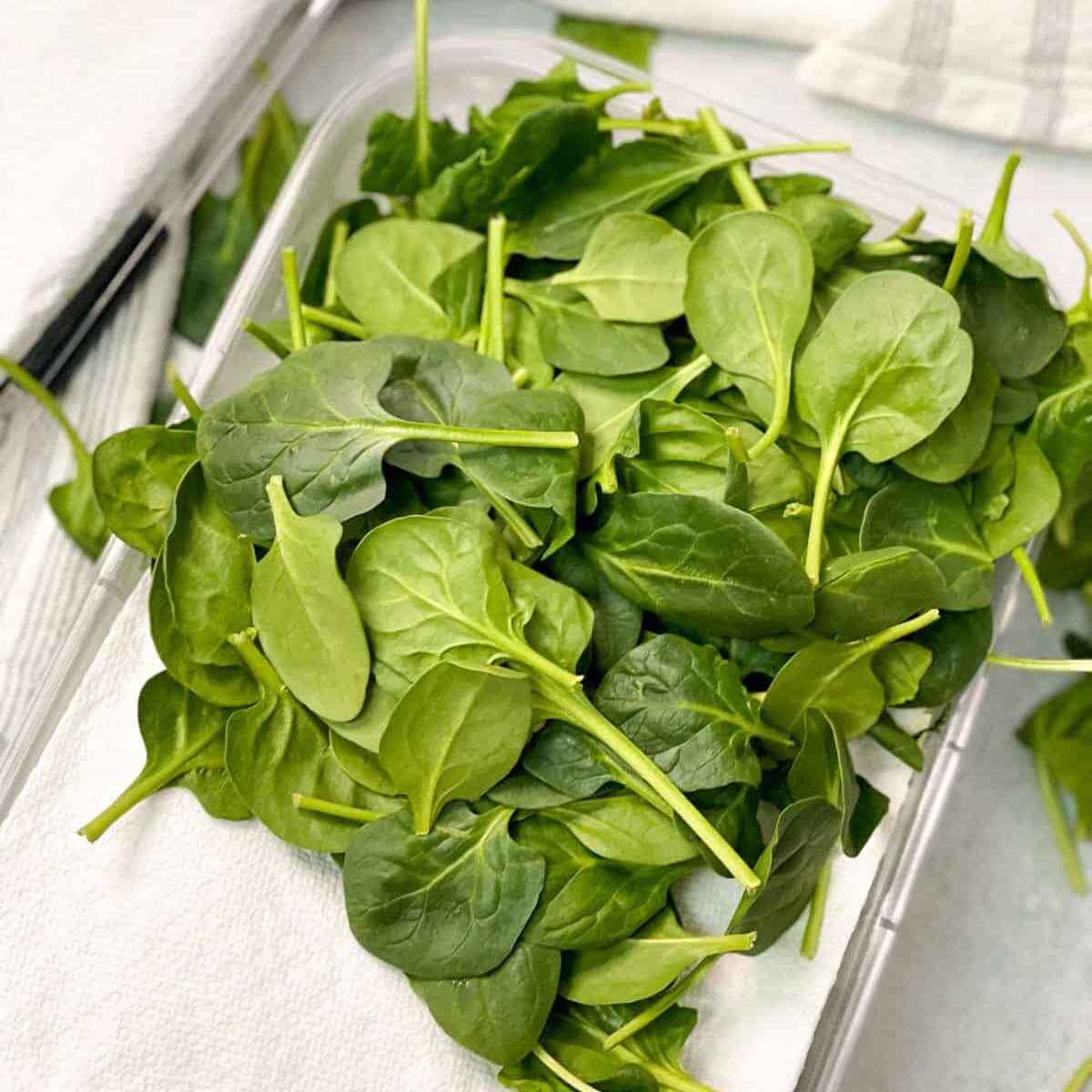
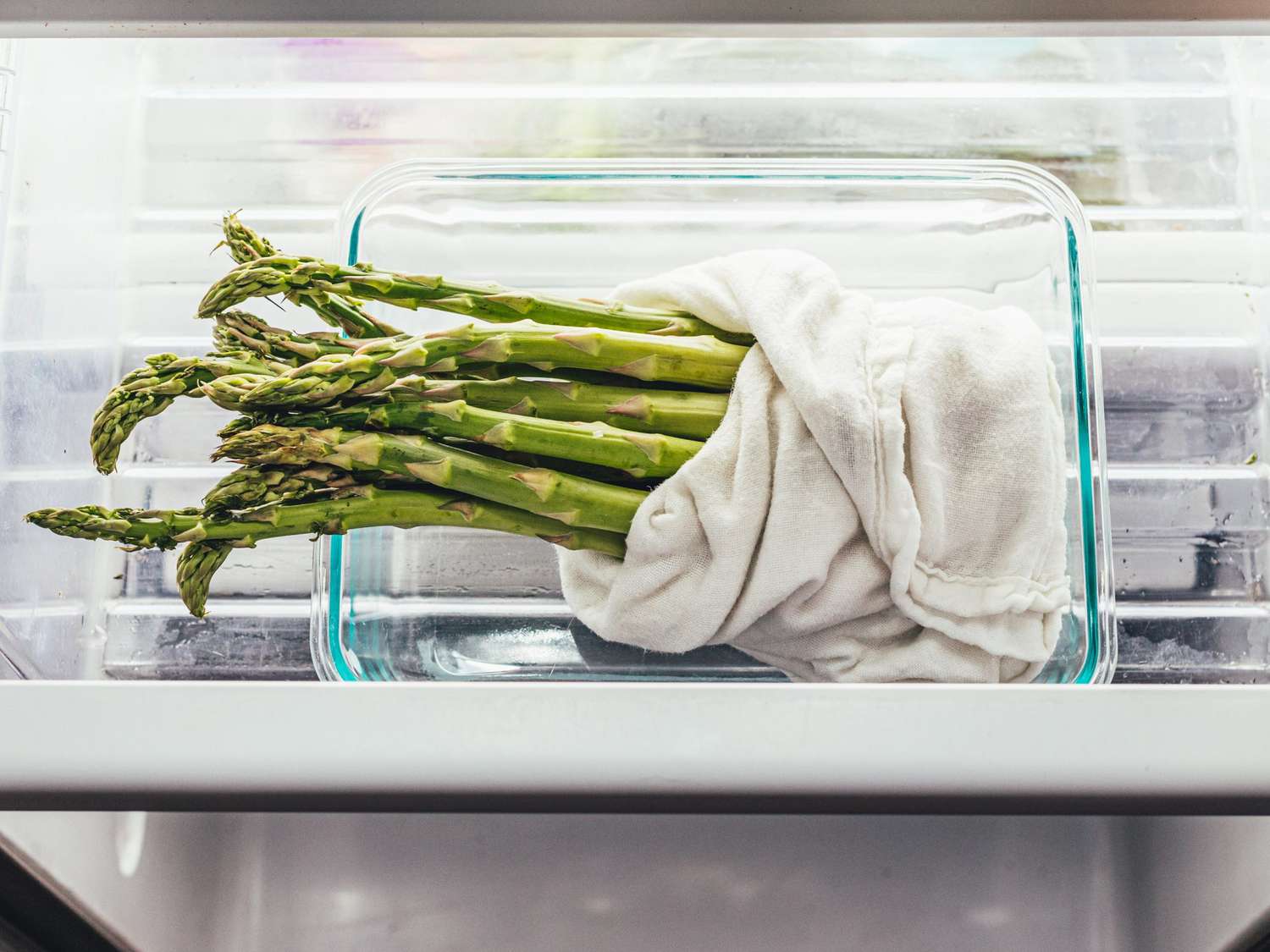
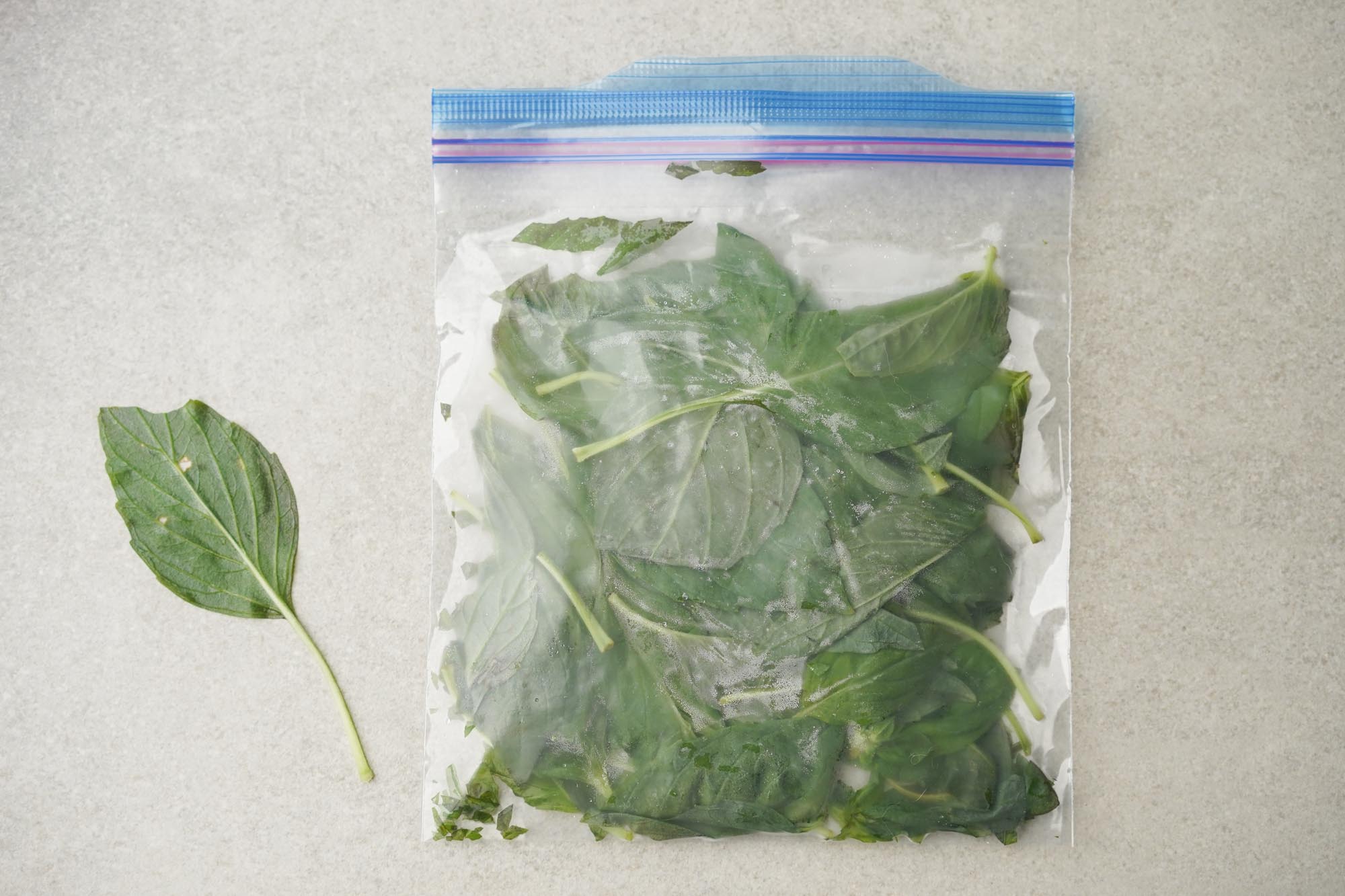
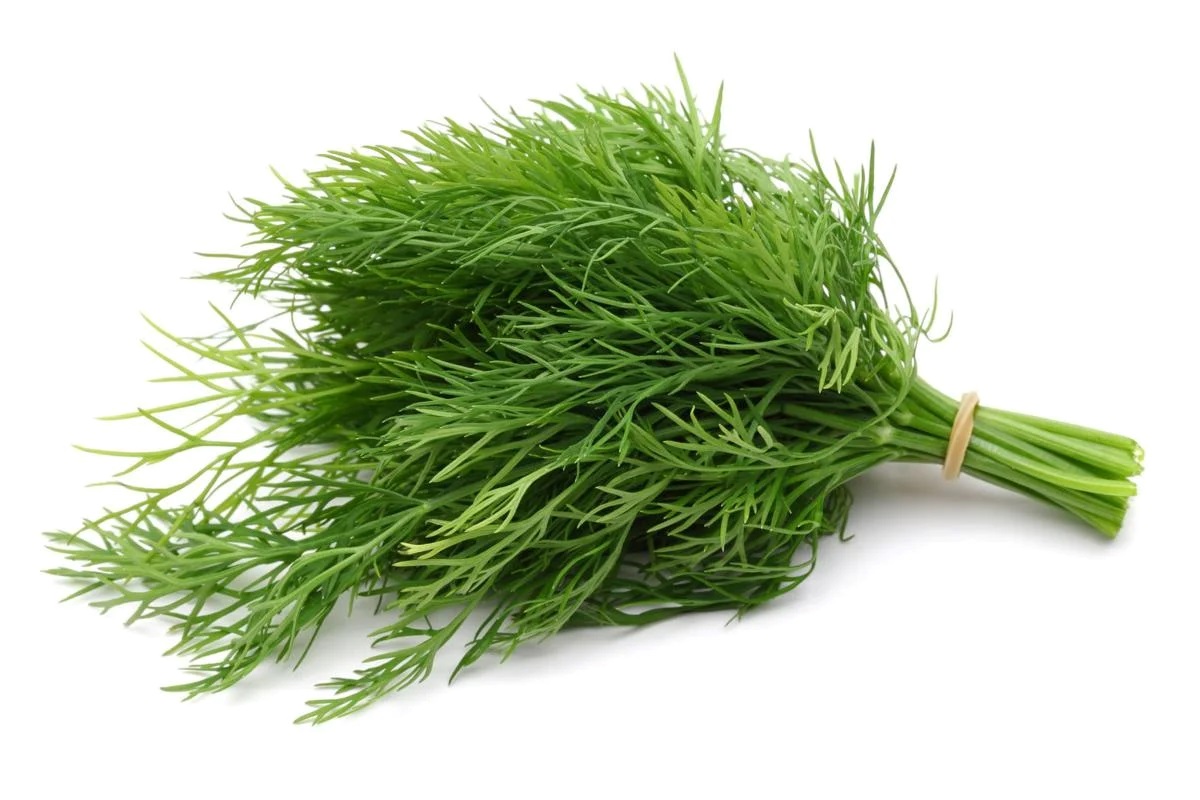
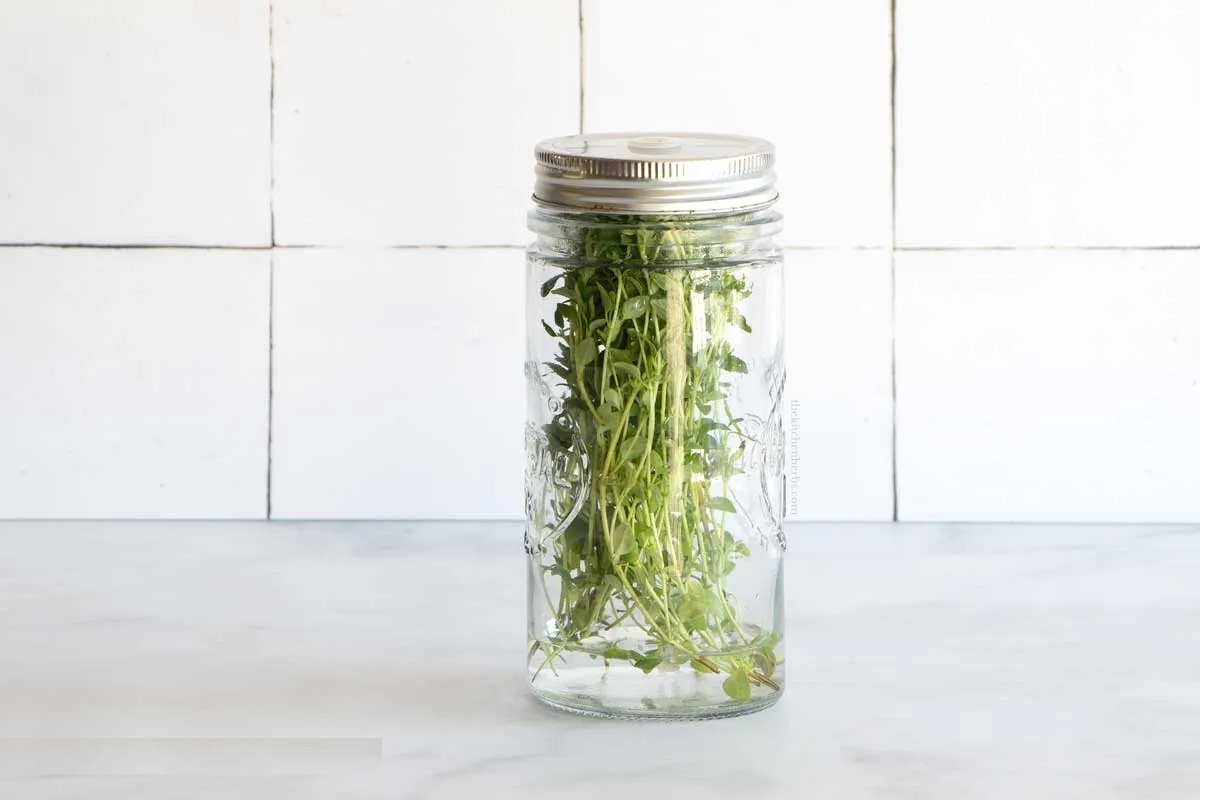
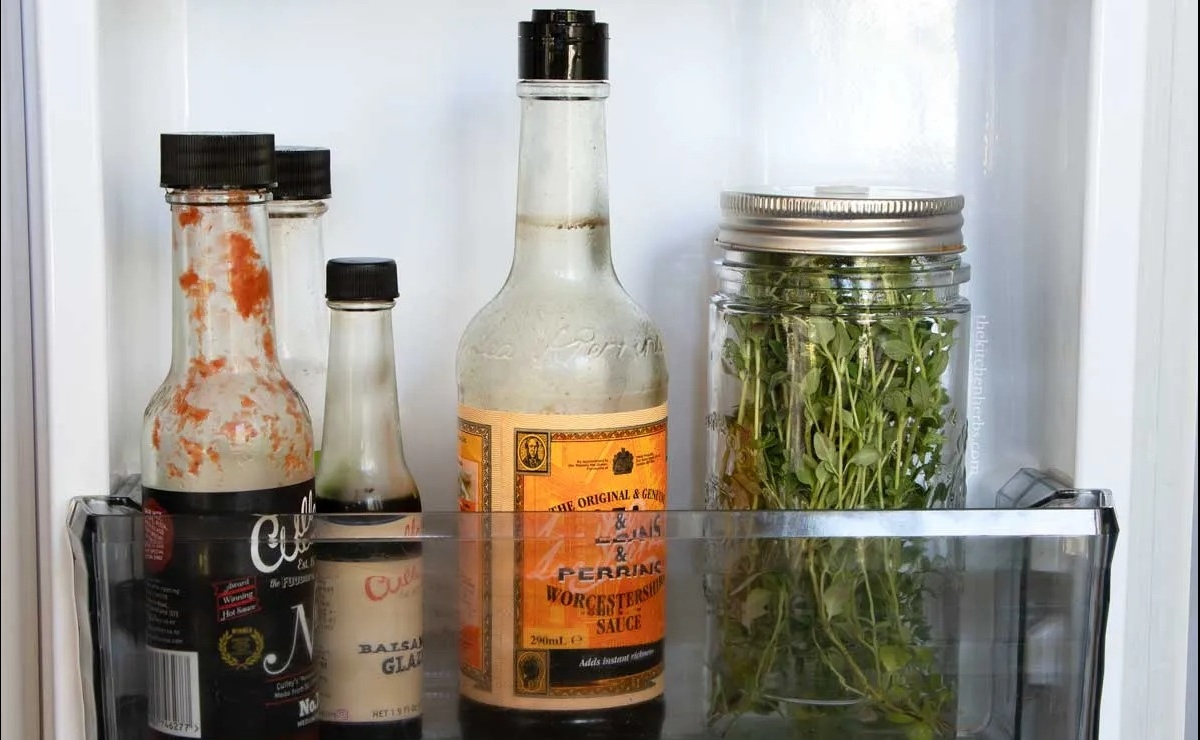
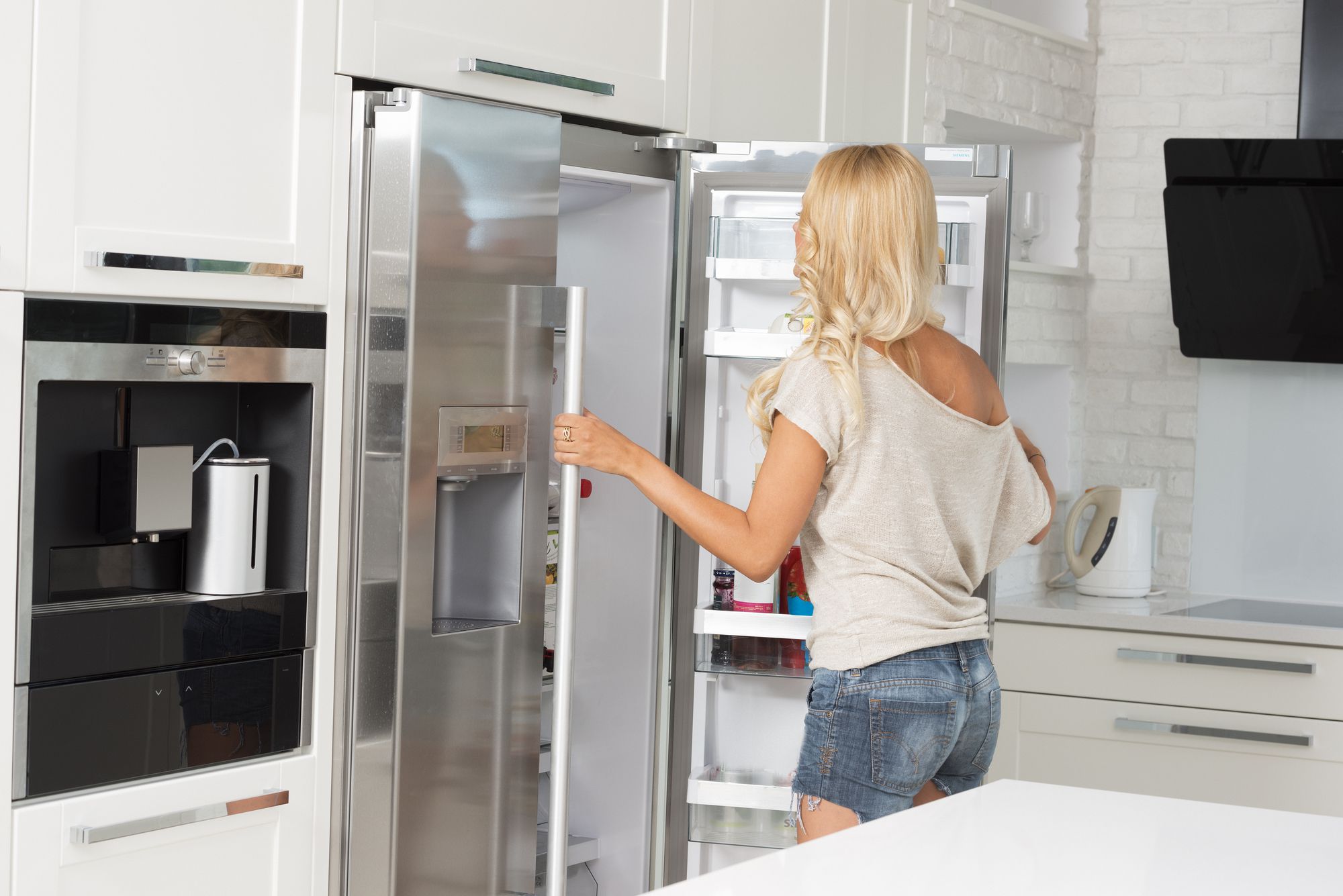
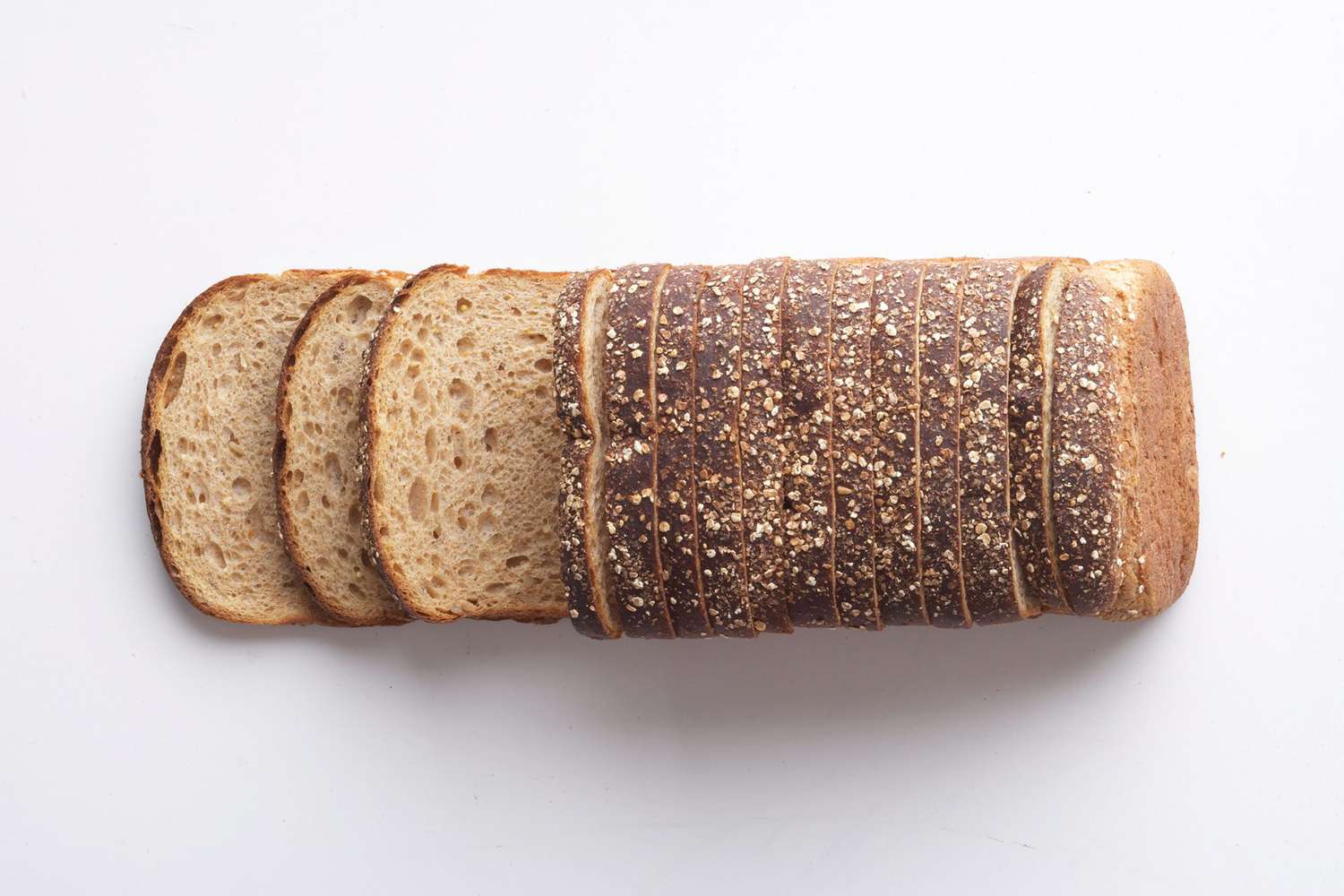
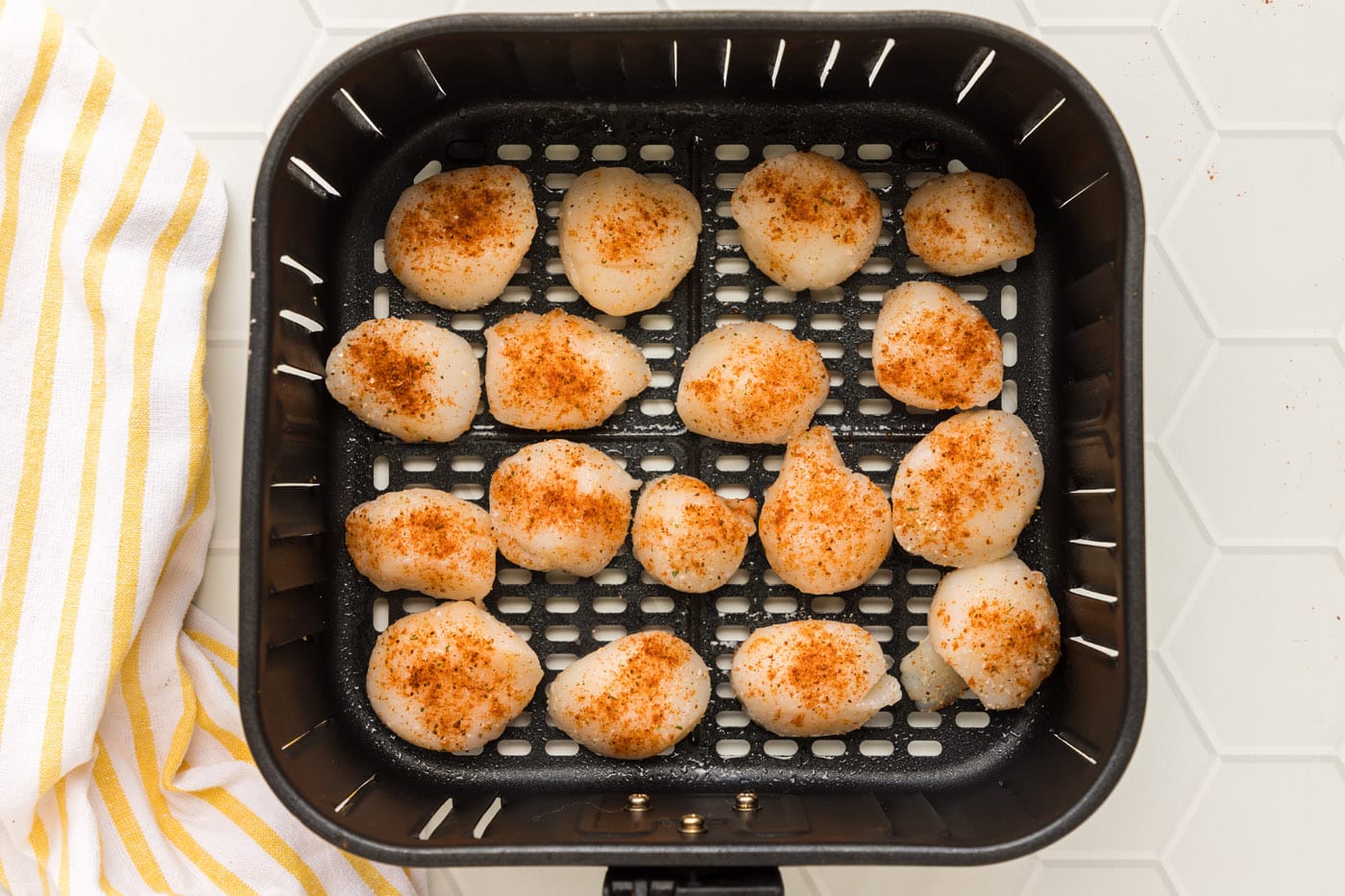
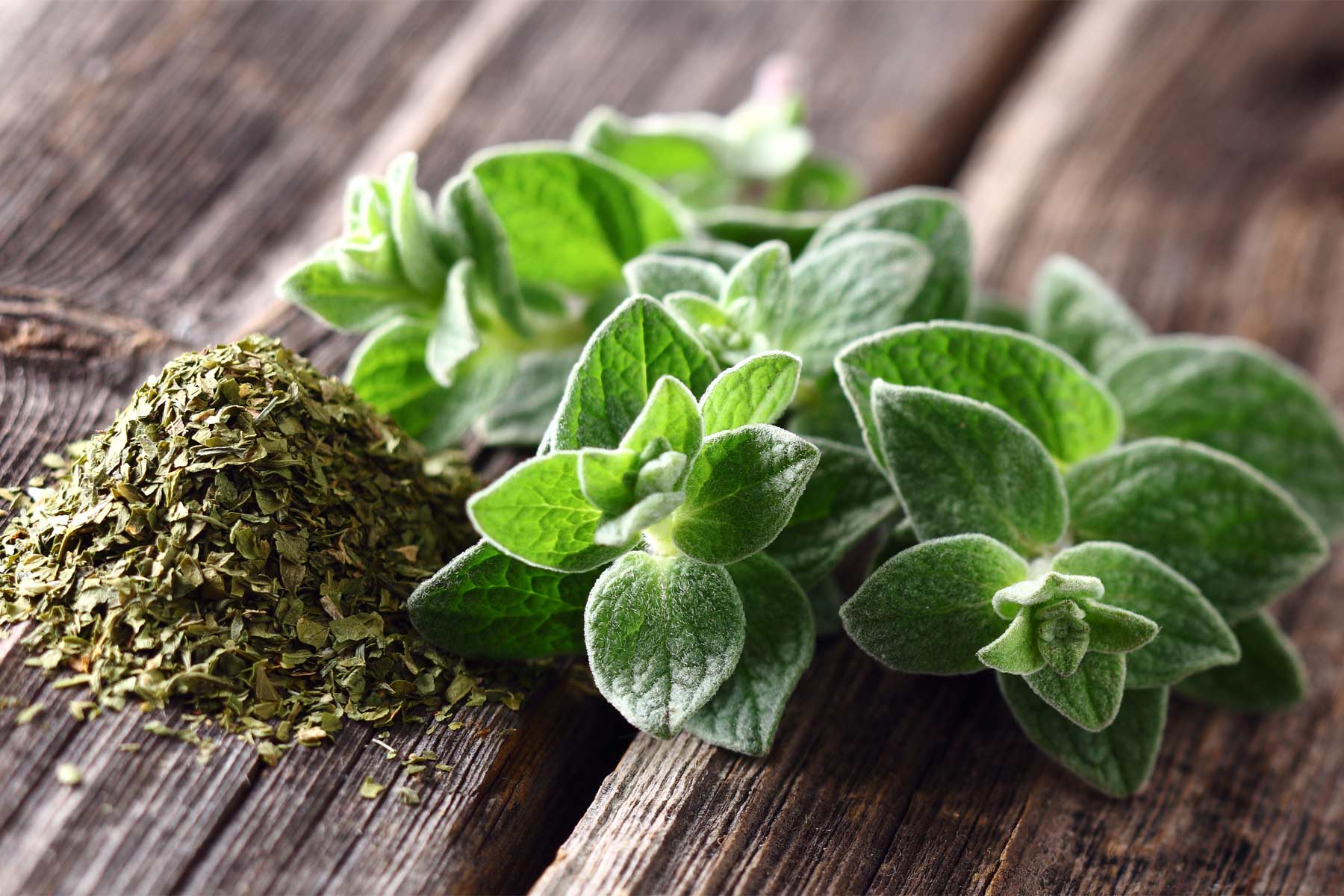

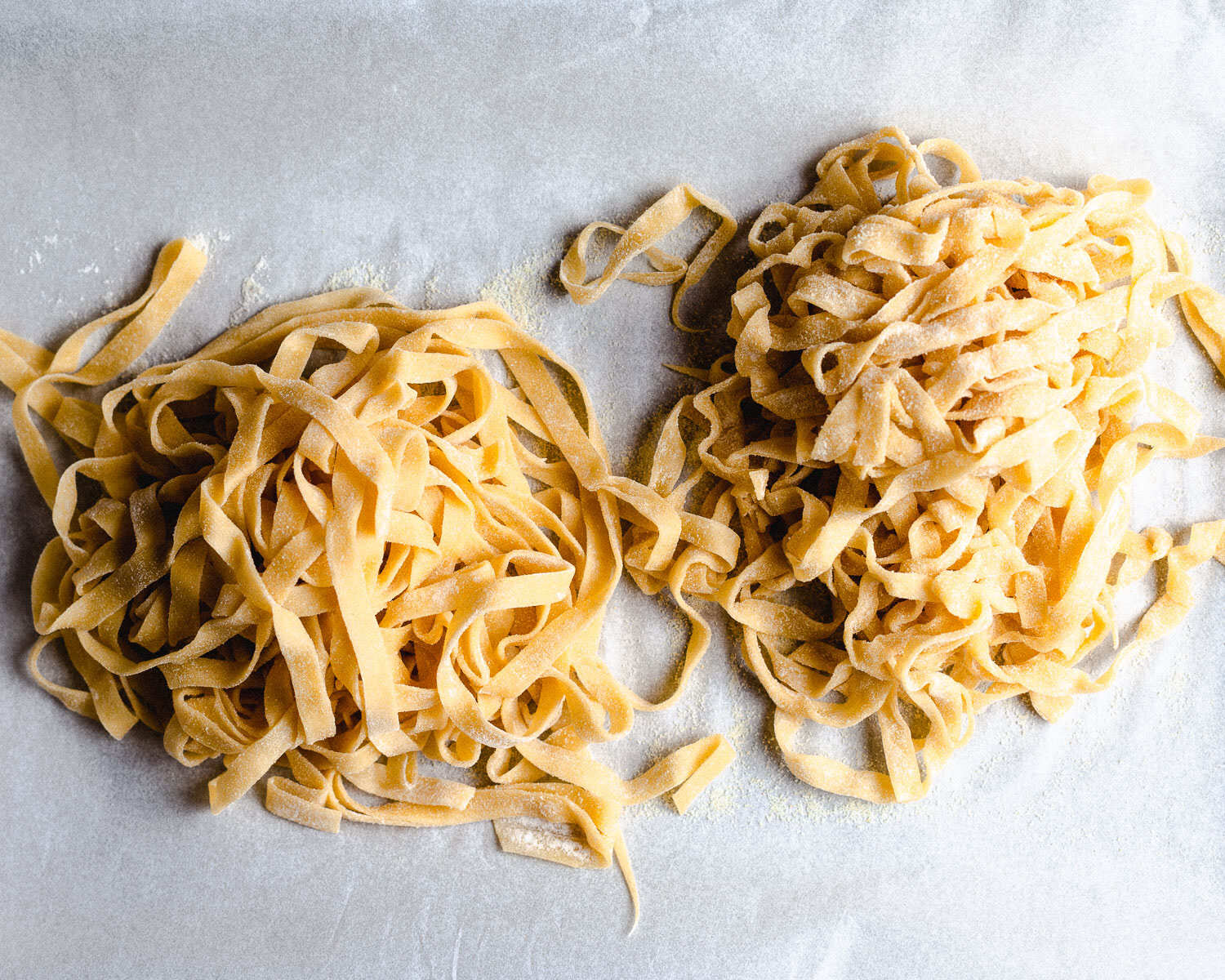

0 thoughts on “How To Store Fresh Scallops In Fridge”